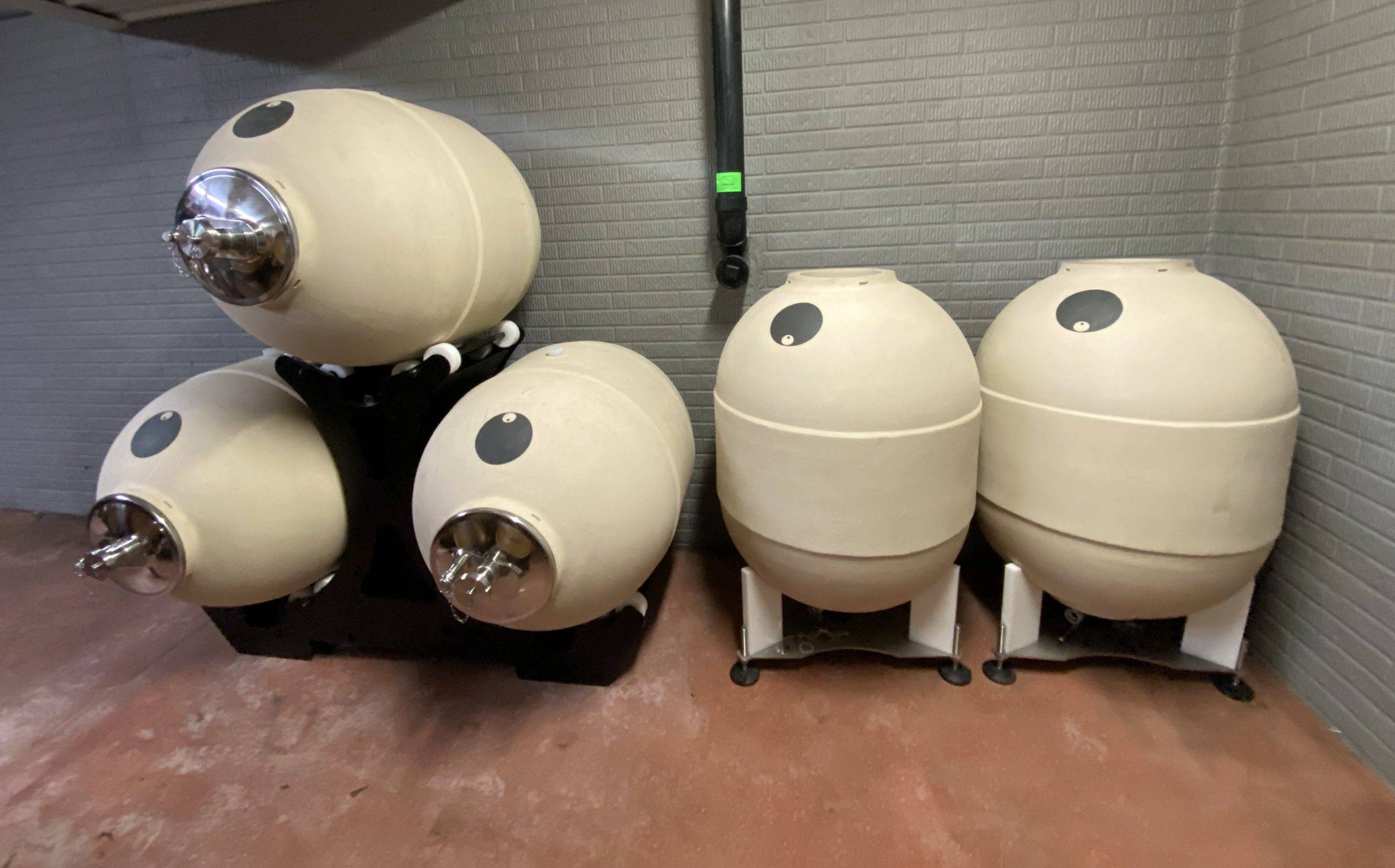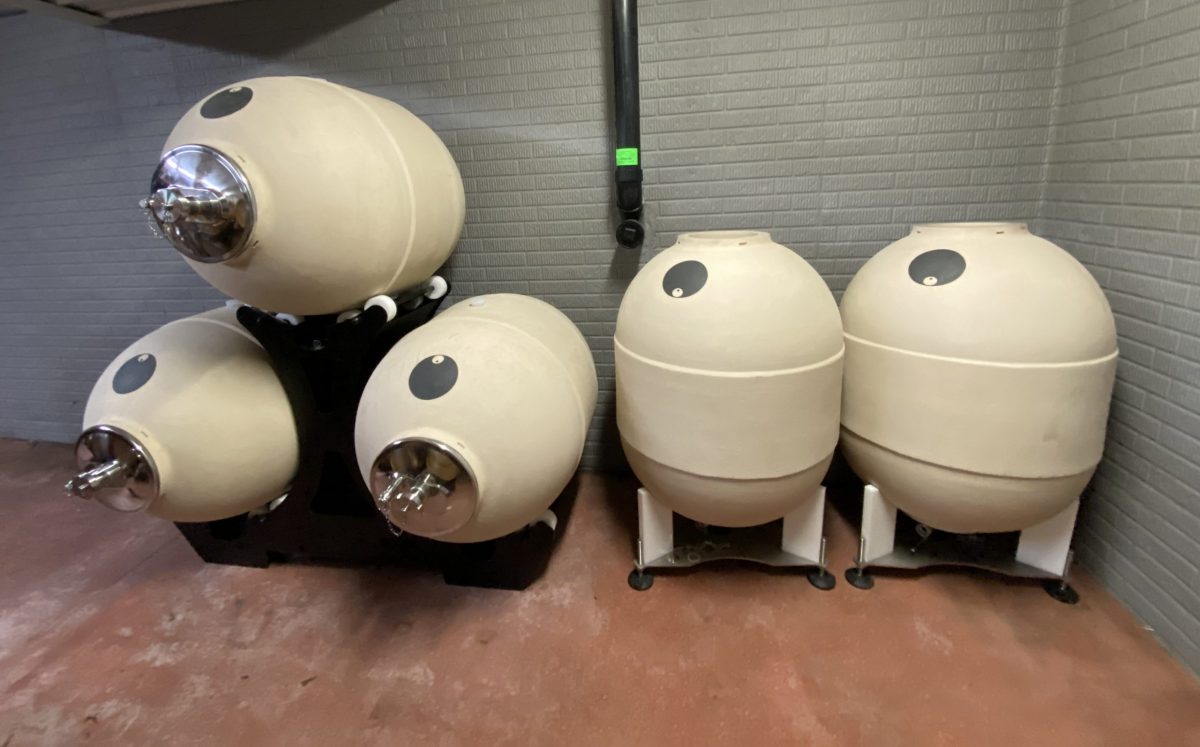One of the latest techniques in modern winemaking is, in actuality, ancient. It’s amphora aging. And it’s a new method we’re using at M Cellars that is not really new at all.
So… what is it? How does it differ from aging in oak or stainless steel? And, most importantly, why should a wine lover care?
Let’s explore this ancient method-turned-modern-day-trend, and see how it impacts our favorite form of fruit.
What is an amphora?
This story starts with soil. More specifically, clay. Clay was used to produce, store and transport wine long before oak or steel – as long as 6,000 years ago. Terracotta vessels were adopted by ancient civilizations from modern-day Georgia to Egypt and beyond. Some vessels were buried underground for fermentation and maturation. Others were used to deliver the nectar of the gods across long distances.
Different regions had different shapes and names for these vessels, from the built-to-be-buried qvevri of Georgia to the egg-shaped Spanish tinaja. Italy used the overarching term amphora, although the technical definition describes a vase-shaped vessel with vertical handles used in ancient Greece and Rome.
Today, winemakers around the world are exploring a return to the practice’s roots, experimenting with the unique properties that aging in clay amphorae can impart.
How is amphora aging different?
You probably know that how and where wine is fermented and aged impacts the resulting properties. Let’s take a closer look at how vessels influence our vino.
Oak allows an ample oxygen exchange between the outside air and the inside juice, which can help produce wine with a rich, deep texture. At the same time, oak introduces external flavors such as vanilla or smoke to the wine. Skilled winemakers utilize this characteristic of oak deliberately, and with discipline.
Steel tanks, on the other hand, are reductive and lock out oxygen. This allows the fruit’s natural personality to shine through, often resulting in crisper, cleaner, more fruit-forward varietals. Fans of steel might say that it creates wine which is the purest representation of the grape.
Terracotta has a porous composition that allows an oxygen exchange, but the material itself is neutral and doesn’t introduce any outside flavors. The result? Amplified fruit components as well as enhanced body and mouthfeel. Proponents of clay say that the wine is truer to terroir, achieving the complexity and depth of oak-aged wine without the influence. Clay also softens the acidity and provides superior insulation—additional properties with which winemakers can play.
Which method is best?
There’s no single answer. It depends entirely on personal taste, food accompaniments, or even mood. Maybe you have a hankering for an oaky overture. Maybe your seared scallops call for something bright and clean. And maybe you prefer the unique perspective that clay amphora can impart. We love each technique for different reasons, and on different occasions. And we invite you to try for yourself and see where you fall.
How can I try an amphora-aged wine?
We’ve just released our very first amphora-aged vintages, a Chardonnay Reserve Amphora 2019 and Pinot Noir Reserve Amphora 2019. These are small-lot, extremely limited, and available to Wine Club members at the winery and in our online store. Not yet a Wine Club member? See even more reasons to join here.




